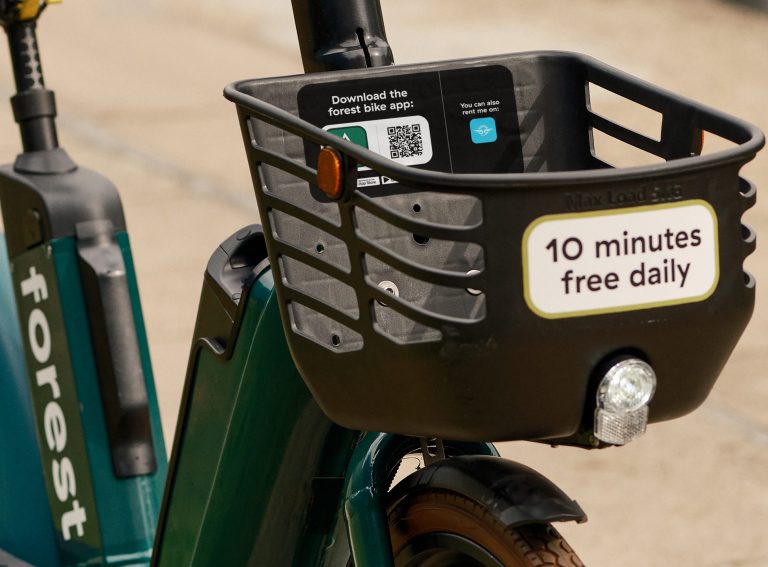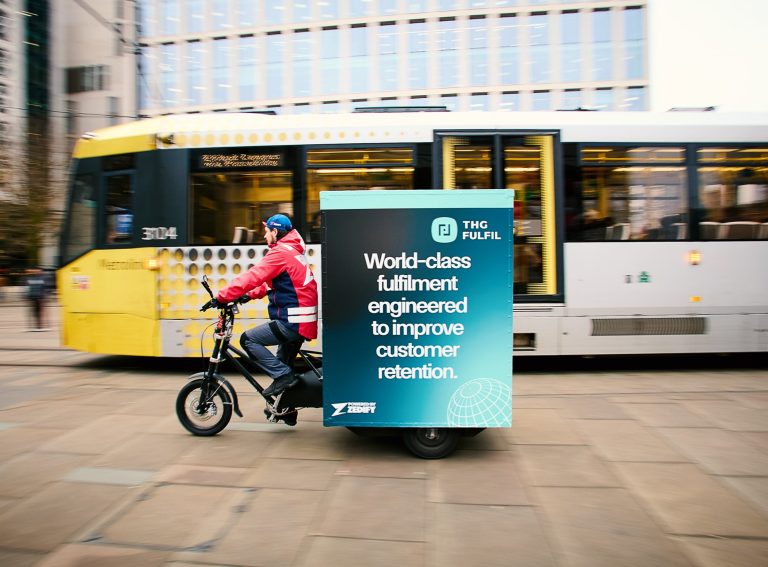As shared micromobility services continue to expand globally and the market consolidates, the big challenge for operators is balancing growth, sustainability and profitability.
The goal of this piece is to explore some of the key strategies that shared operators have executed to help them achieve long-term financial success. We also speak with renowned industry expert Prabin Jones, who is known for his financial reporting on shared micromobility operators, and take a look further down the line at Segway to see how the vehicle solution giant is creating a more sustainable business model for its partners.
Strategies from leading operators
The last two years have been a relatively challenging period for the industry with funding squeezes, high inflation and some notable bankruptcies. But as the market has matured, there are some clear examples of operators generating healthy profits. Swing in South Korea, Ryde in Norway and JET from Kazakhstan are consistently delivering positive EBIT, while Tier-Dott is on its way to becoming EBIT positive.
In June, Segway co-hosted a panel at the Micromobility Europe expo in Amsterdam so that Henri Moissinac, CEO of Tier-Dott, San Kim, CEO of Swing and Tobias Balchen, CEO of Ryde Technology could share insights on why their business models are working.
Swing operates more than 110,000 e-scooters and e-bikes in South Korea. Regulations have helped it achieve profitability gains as the government does not put any restrictions on fleet sizes. It also operates a franchise model to achieve economies of scale, purchasing scooters from Segway, which has delivered significant profit margins. However, San said on the panel that he believes the number one reason for its profitability is that the vehicles are carefully handled by Korean users which helps to extend their lifetime.
Ryde has rental e-scooters in 39 cities across the Nordics and increased its EBITDA by more than 400% between 2022 and 2023.
Tobias said they are a utilisation business so have been “extremely dedicated to building utilisation on their vehicles” and only do in-house operations which means they can control the cost and quality. “Efficient operation with high utilisation brings fantastic financial results,” he said.
Henri Moissinac said his magic source is their obsession with consumer experience. “If you have a big enough fleet then that will generate enough profit which means you can invest in R&D and build a better experience for your riders, so this is a positive feedback loop.”
Tier-Dott’s funding strategy has been to grow slowly rather than expanding at all costs. “We focused on having the best user experience in the three most competitive cities in Europe and we only raised further money when we proved to our investors that we could have better unit economics and better user experience than our competitors.”
Prabin’s financial insights
Industry expert Prabin Jones moderated the panel at Micromobility Europe and so we asked him what some of his top learnings were on how shared micromobility can be profitable.
“Shared micromobility has often been dismissed as an unsustainable business model, but the panel made it clear that profitability is achievable,” he said.
“A common trait among successful companies is their lean approach: minimal reliance on VC funding, small HQ and tech teams, and G&A costs kept below 20%.
“These companies are also diligent in picking the right vehicle and did not experiment with in-house vehicle developments. Most of these companies have in-house operations with a robust maintenance setup, making sure that the scooters last as long as possible.”
What has Segway been doing to realise the potential of shared micromobility?
Segway’s strategy as a specialist vehicle solution provider has been to go beyond simply offering affordable vehicles to its partners and instead focus on more comprehensive Total Cost of Ownership (TCO) optimisation strategies with its products and solutions.
TCO refers to the sum of the hardware purchase cost and the related costs incurred throughout its entire service life cycle, including operation costs, repair and maintenance costs and hardware recycling costs.
(I) Building vehicles that last
A central strategy of Segways has been to refine and perfect its vehicles to ensure they are robust, reliable and tailored to the specific needs of operators across different environments.
“We are committed to delivering the best micromobility vehicles on the market,” Alan Zhao, one of Segway’s Directors, tells Zag Daily.
“Our vehicles are designed for operational efficiency, extended lifespan, advanced technology integration, and ease of maintenance.”
Taking a look at Segway’s latest D110L e-scooter, this has a 5-year lifecycle or 30,000 kilometers for the key components, offering long-term reliability for operators. The vehicle builds on the continuous evolution of the Max series range and is designed to optimise energy consumption by minimising standby power and enhancing energy efficiency during rides with its advanced 46.8V, 1147Wh battery. The battery allows the D110L to travel up to 100 kilometers on a single charge while also enhancing operational efficiency by reducing the need for frequent battery charging and swapping.
(II) Leveraging technology for efficient and safer operation
Segway’s commitment to reducing the total cost of ownership goes beyond the vehicles themselves as it offers a range of AI solutions for its partners.
As the first vehicle provider to introduce AI technology to shared vehicles, Segway pioneered the launch of the AI-powered Bot Series T60 for shared scooter operators worldwide in 2019. Since then, it has continued to push the boundaries of AI in shared e-scooters, enhancing both riding safety and addressing industry challenges like parking management.
“Our AI-driven products range from the S90L to the current full lineup of Segway Pilot solutions, including Segway Pilot, Segway Pilot Edge, and Segway Pilot Lite – an “AI box” that offers lane and pedestrian detection for shared e-scooters. The latest Segway Pilot Lite provides the same advanced AI capabilities as the Pilot and Pilot Edge models but at a more cost-effective price, enabling operators of all sizes to adopt cutting-edge technology,” says Zhao.
(III) Fostering long-term partnerships with operators
On the servicing side, Segway aims to build long-lasting relationships with operators, and this year launched a new year-long warranty policy designed to maximise client profitability and vehicle lifetime.
Segway Care Commercial is available for e-bikes and e-scooters bought from Segway from 6 June 2024 and covers 100% of the vehicle’s key components for up to 12 months at no cost to the client. Covered components include the handlebar, frame, tube, motor, wheel hub, dashboard assembly, front suspension, forehead, battery pack, IOT, controller and more.
“Our data suggests that this new plan has the potential to annually reduce component costs by up to 20%,” says Zhao.
(IIII) Driving the industry toward a more sustainable future
One of Segway’s primary goals is to offer operators greener, more sustainable vehicle modes.
Last year, TÜV SÜD, a leading international testing and certification organisation, awarded the company the first-ever Life Cycle Assessment (LCA) Verification Statement for its Max S90L, Max Plus X scooter models. More recently it also secured verification for its D110 model too. This verification statement confirms that these e-scooter models meet the ISO 14040 and 14044 international standards for life cycle assessment.
As part of the assessment process, TÜV SÜD’s technical experts assessed the environmental impact of the three e-scooter models, from raw material, to production and distribution stages. The comprehensive evaluation covered 18 environmental impact categories, including global warming impact, water and energy consumption, and resource depletion.
Zhao says: “We have utilised recycled metal for approximately 41% of a recent vehicle’s total metal weight and are now in the planning stages to extend the use of recycled metal into all shared e-scooter models. We also incorporated a milestone of 51% of recycled plastics into the total plastic weight of a vehicle, and are now working to incorporate recycled plastics into all our shared e-scooters.”
All Segway’s TCO-related strategies and initiatives align with its broader mission and values, showcasing how the company’s work extends far beyond offering low-cost vehicles.
2025 projections
Zooming out to the shared micromobility landscape as a whole, Prabin thinks the industry is likely to see significant shifts in 2025.
“Large operators may scale back their presence in smaller towns, opening the door for localised operators to step in and fill the gap.”
Prabin is hoping that one of the major players, such as Lime, Tier-Dott, Voi, or Bird, will achieve positive EBIT by the end of 2025.
“This milestone would mark a turning point, demonstrating that shared micromobility can be both scalable and profitable, and reinvigorating investor confidence in the sector.”




